Abraliopsis (Boreabraliopsis)
Abraliopsis (Boreabraliopsis) felis
Kotaro Tsuchiya and Richard E. YoungIntroduction

Figure. Ventral view of A. felis, 35 mm ML, preserved. Photograph by R. Young.
A. felis is the only cool-temperate species in the genus Abraliopsis. It is found in the Kuroshio-Oyashio transition zone and the California Current.
Characteristics
In addition to familial characters (listed on the Enoploteuthidae page) and generic characters (listed on the Abraliopsis page), Abraliopsis felis has:- Tentacle clubs
- Two series of hooks on manus; ventral hooks moderately larger (in a relative sense) than dorsal hooks.
- Carpal flap absent; aboral keel short, narrow.
- Arms
- Arms IV relatively short; ALI IV = 40-65.
- Arms I-III with 15 to 20 hooks and 12-26 suckers.
- Arms IV (non-hectocotylus) with13-15 hooks.
- Large distal suckers with about 7-10 slender teeth on distal half of inner ring.
- Hectocotylus
- Hectocotylus, right arm IV (occasionally both arms IV), with two subequal-sized offset flaps: proximal flap on ventral margin, distal flap on dorsal margin.
- Arm with 10-12 small hooks; hook series terminates proximal to dorsal flap.
 Click on an image to view larger version & data in a new window
Click on an image to view larger version & data in a new window
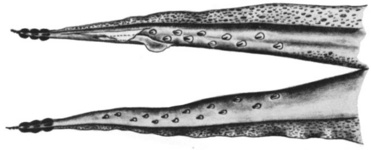
Figure. Oral view of arms of A. felis, off Southern California. Top - Hectocotylus showing extend of dorsal and ventral flaps, 38 mm ML. Photograph by R. Young. Bottom - Both ventral arms, 41 mm ML. Note the lack of membranes on the left arm IV. Drawing from Young (1972).
- Head
- Beaks: Descriptions can be found here: Lower beak; upper beak.
- Beaks: Descriptions can be found here: Lower beak; upper beak.
- Integumental Photophores
- Ventral mantle and head with scattered arrangement of integumental organs.
- Measurements and counts (from Young, 1972):
Behavior
The photograph below appears to show the tentacles of A. felis locked together while swimming but not attempting to catch prey. The feature of locking of tentacles together, unrelated to feeding, appears to be common among many oegopsid squids judging from MBARI photographs.Distribution
Vertical Distribution
In the Kuroshio-Oyashio transition zone, this species were occurred abundantly between 0-50m during night.
Off California, A. felis was captured, using open nets, primarily between 300-600 m during the day and in the upper 100 m at night (Roper and Young, 1975).
Geographical Distribution
A. felis is the only cool-temperate species in the genus Abraliopsis. Its distribution extends from the northern Northwest Pacific at 145° E along the Kuroshio-Oyashio transition zone, eastward to northwestern coast of America, and in the California Current southward to northern Baja California (Young, 1972).
References
Tsuchiya, K. 1993. Distribution and zoogeography of the family Enoploteuthidae in the Northwest Pacific. In: Okutani, T., O’Dor, R. K. and Kubodera, T. (eds.) 1993. Recent advances in fisheries biology (Tokai University Press. Tokyo). pp. 571-585.
Okutani, T. and McGowan, J.A. 1969. Systematics, Distribution, and abundance ofthe epiplanktonic squid (Cephalopoda, Decapoda) larvae of the California Current. Bull. Scripps Inst. Oceanogr., 14:1-90.
Roper, C. F. E. and R. E. Young. 1975. Vertical distribution of pelagic cephalopods. Smithsonian Contributions to Zoology, 209: 1-51.
Young, R.E. 1972. The systematics and areal distribution of pelagic cephalopods from the sea off southern California. Smiths. Contr. Zool., 97:1-159.
Title Illustrations

| Scientific Name | Abraliopsis (Boreabraliopsis) felis |
|---|---|
| Location | Monterey Bay Canyon, Northeast Pacific at 36.6°N, 122.1°W. |
| Comments | Image courtesy of the Monterey Bay Aquarium Research Institute (MBARI). You must obtain permission from MBARI to use this photo; please contact pressroom@mbari.org for further information |
| Specimen Condition | Live Specimen |
| View | Side |
| Copyright | © 2011 MBARI |
About This Page

Tokyo University of Fisheries, Tokyo, Japan

University of Hawaii, Honolulu, HI, USA
Page copyright © 2015 and
 Page: Tree of Life
Abraliopsis (Boreabraliopsis) . Abraliopsis (Boreabraliopsis) felis .
Authored by
Kotaro Tsuchiya and Richard E. Young.
The TEXT of this page is licensed under the
Creative Commons Attribution-NonCommercial License - Version 3.0. Note that images and other media
featured on this page are each governed by their own license, and they may or may not be available
for reuse. Click on an image or a media link to access the media data window, which provides the
relevant licensing information. For the general terms and conditions of ToL material reuse and
redistribution, please see the Tree of Life Copyright
Policies.
Page: Tree of Life
Abraliopsis (Boreabraliopsis) . Abraliopsis (Boreabraliopsis) felis .
Authored by
Kotaro Tsuchiya and Richard E. Young.
The TEXT of this page is licensed under the
Creative Commons Attribution-NonCommercial License - Version 3.0. Note that images and other media
featured on this page are each governed by their own license, and they may or may not be available
for reuse. Click on an image or a media link to access the media data window, which provides the
relevant licensing information. For the general terms and conditions of ToL material reuse and
redistribution, please see the Tree of Life Copyright
Policies.
- Content changed 11 October 2015
Citing this page:
Tsuchiya, Kotaro and Richard E. Young. 2015. Abraliopsis (Boreabraliopsis) . Abraliopsis (Boreabraliopsis) felis . Version 11 October 2015 (under construction). http://tolweb.org/Abraliopsis_%28Boreabraliopsis%29_felis/19686/2015.10.11 in The Tree of Life Web Project, http://tolweb.org/




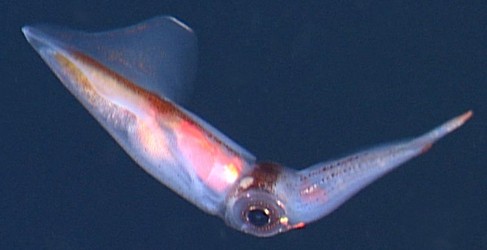
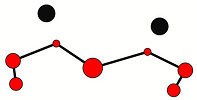

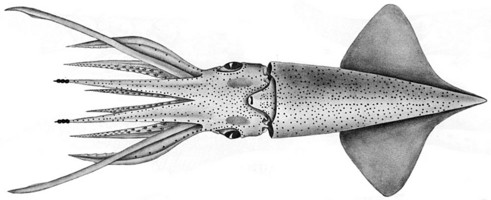

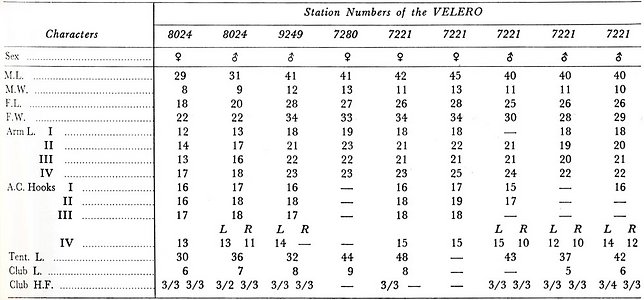
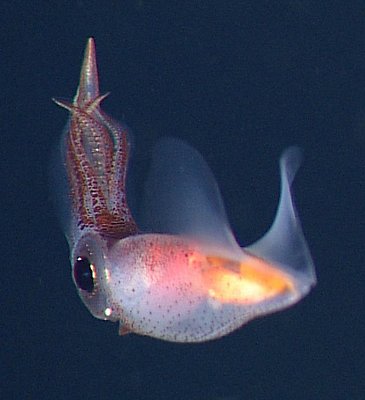
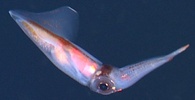


 Go to quick links
Go to quick search
Go to navigation for this section of the ToL site
Go to detailed links for the ToL site
Go to quick links
Go to quick search
Go to navigation for this section of the ToL site
Go to detailed links for the ToL site